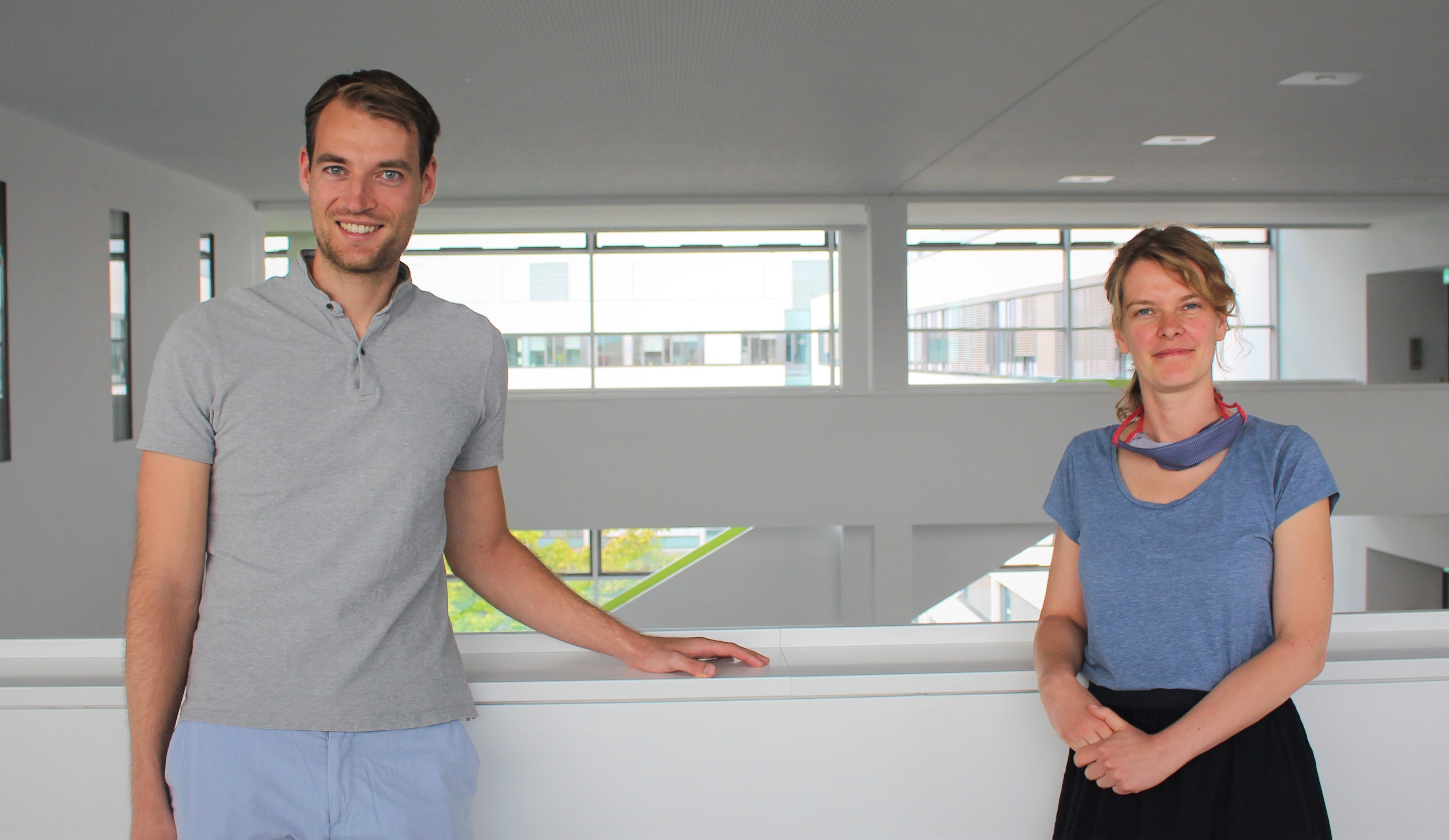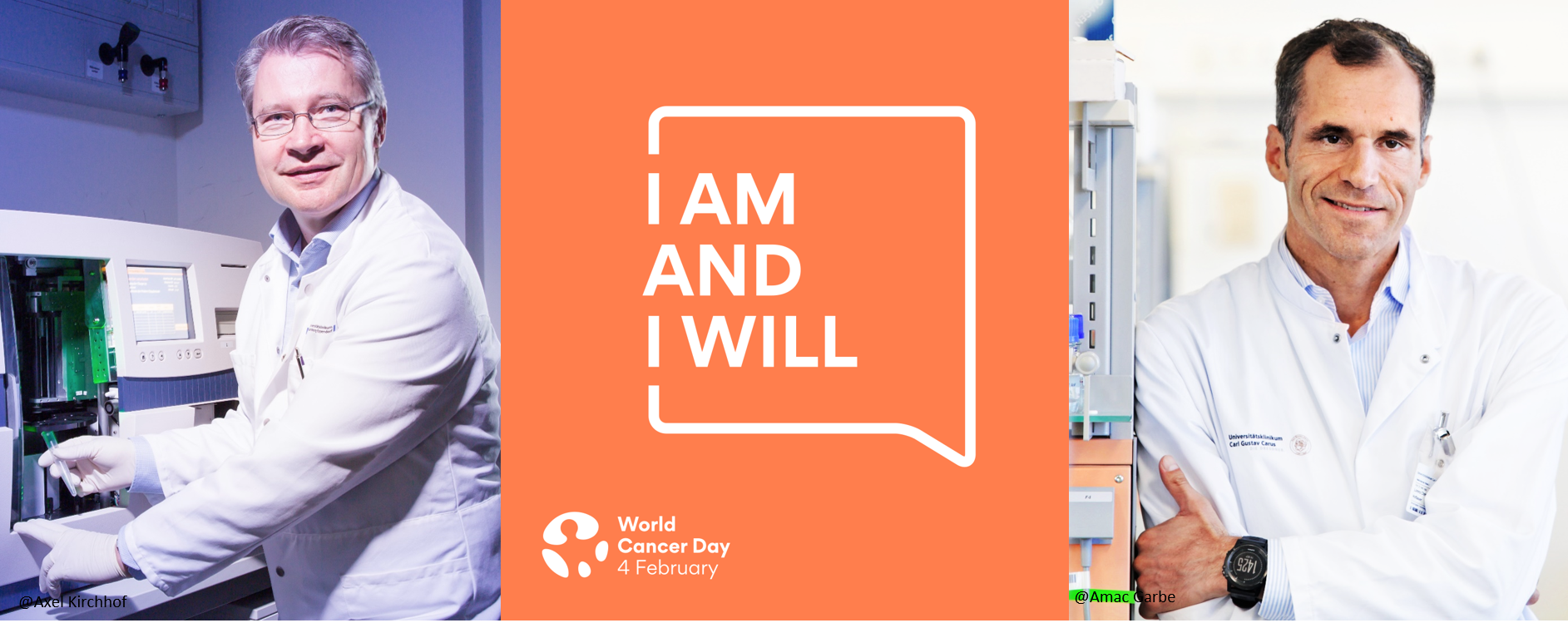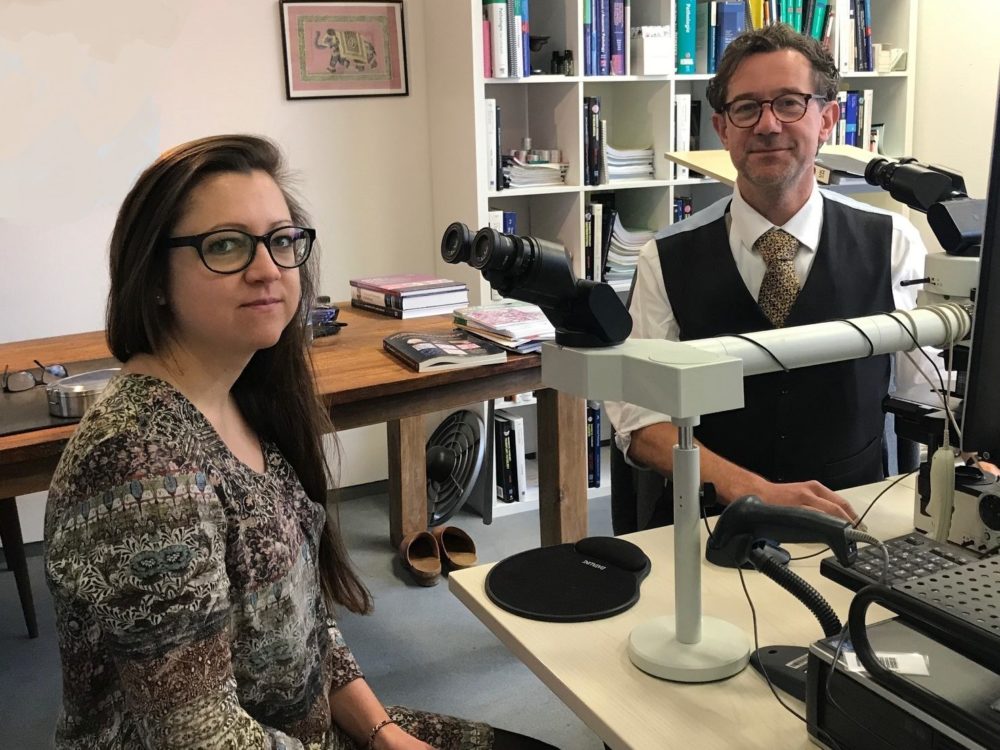Making waves in breast cancer research with zebrafish models
by Dr. med. Dr. rer. nat Florian Reinhardt
I have recently relocated to the CRTD from the University of Duesseldorf, where I am a specialist registrar at the Department of Gynecology and Obstetrics under the supervision of Prof. Tanja Fehm/Prof. Hans Neubauer, to join Jun.-Prof. Franziska Knopf’s research lab as a Clinician Scientist. One of my main research interests is to characterize predictive markers of breast cancer metastasis. For example, patients with breast cancer show an early release of cancer cells from the primary tumor into the blood circulation. The presence of these circulating tumor cells (CTCs) contributes to the formation of metastasis or the recurrence of the disease. CTCs can be enriched from the blood, detected via different technologies and analyzed in order to predict prognosis, to monitor disease status and to select personalized therapies. In Duesseldorf, my research work focuses on methods for CTC enumeration, single CTC isolation and further CTC characterization of breast cancer patients.
In Dresden, I will be trained in maintaining and breeding zebrafish, and how to inject cancer cells into zebrafish embryos. Zebrafish embryos have proven to be a powerful model for human diseases and clinical research due to their transparency, which allows visual observation of cancer cells. Being part of the µBone consortium offers the opportunity to combine the expertise of zebrafish models as well as CTCs to study breast cancer cell invasion and I am looking forward to contribute to this approach.
Microbone supports people who implement scientific progress and translational implications quickly and in the best interests of the patients. Clinical Scientists bring urgent clinical questions to the laboratory. They play a key role in transferring the knowledge gained from basic research to health care and are essential for innovations at the bedside.




